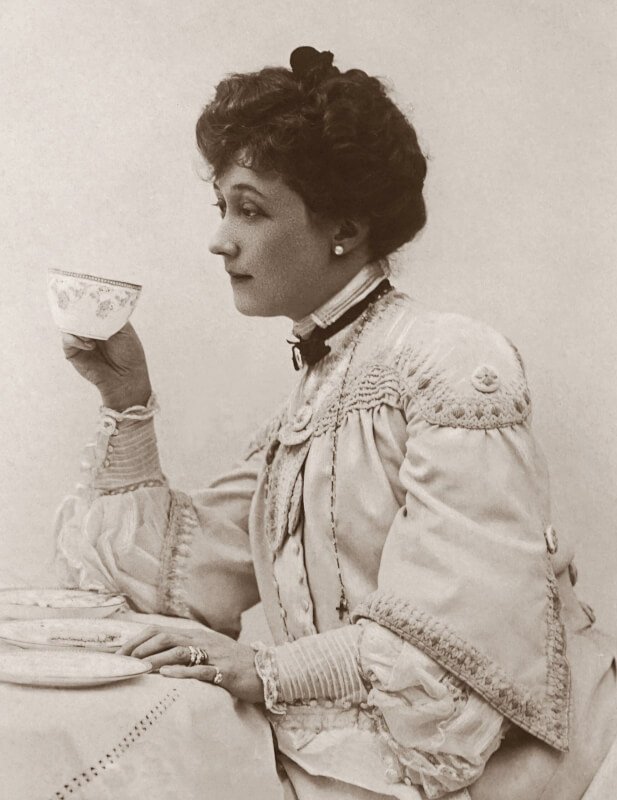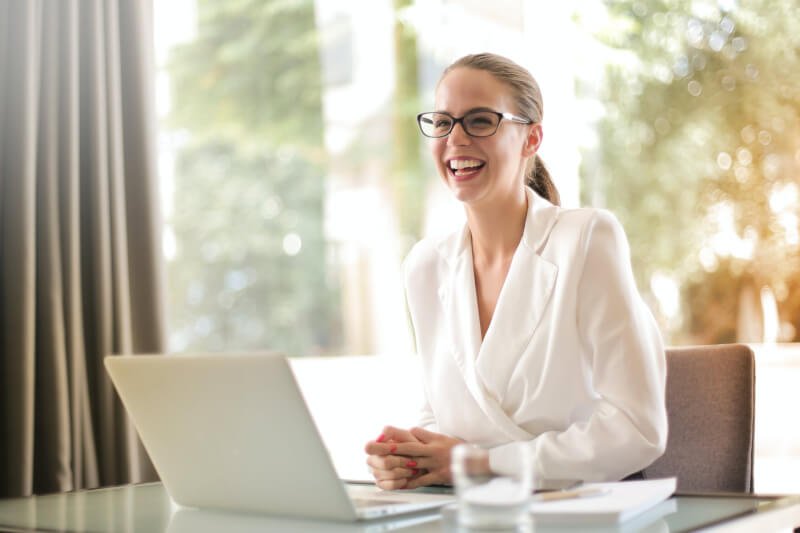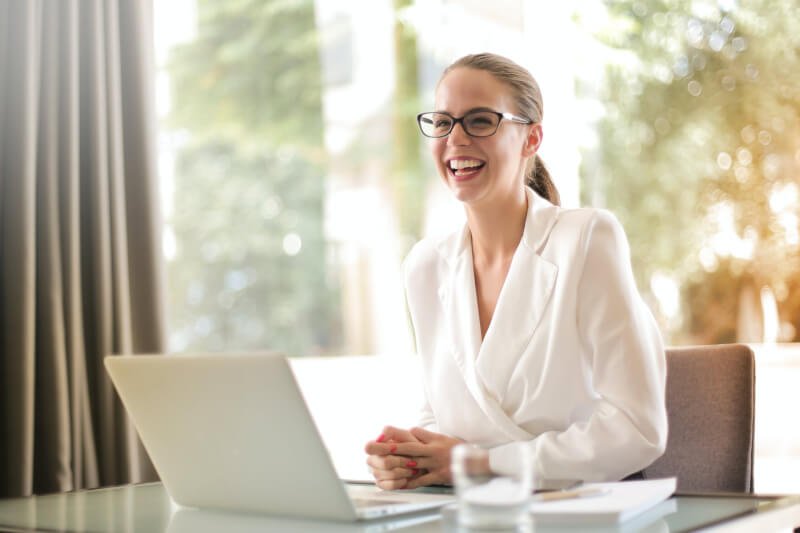Do you often find yourself unsure of the best temperature to brew your tea? With so many different types of tea out there, each requiring its own optimal brewing temperature, it can be a challenge to get it just right. But fear not! In this article, we will share some handy tips and tricks to help you brew your tea at the perfect temperature every time. By the end, you’ll have the confidence to make a steaming cup of tea that is full of flavor and truly hits the spot. So grab your favorite mug and get ready to elevate your tea game to a whole new level!

Choosing the Right Temperature
Understanding Tea Types
In order to choose the right temperature for brewing tea, it’s essential to understand the different types of tea and how they are processed. Each type of tea requires a specific temperature range to bring out its unique flavors and aromas.
White Tea
White tea is delicate and subtle, known for its light and floral flavors. To brew white tea, it is recommended to use a temperature between 160°F (71°C) and 180°F (82°C). Brewing white tea at a lower temperature allows the delicate leaves to slowly infuse, resulting in a smooth and refreshing cup.
Green Tea
Green tea is known for its grassy and vegetal flavors. The optimal temperature for brewing green tea falls between 160°F (71°C) and 180°F (82°C). It is important to avoid using boiling water for green tea, as it can result in a bitter taste. The lower temperature brings out the natural sweetness of the leaves, creating a vibrant and revitalizing brew.
Oolong Tea
Oolong tea falls between black and green tea in terms of oxidation levels, and its flavors can vary greatly depending on the specific type. Generally, oolong tea is best brewed at a temperature ranging from 180°F (82°C) to 200°F (93°C). This temperature range allows the flavors to develop fully, showcasing the complexity and richness of the tea leaves.
Black Tea
Black tea is fully oxidized and has a robust and bold flavor profile. For black tea, water should be heated to a temperature between 200°F (93°C) and 212°F (100°C). The higher temperature helps to fully extract the flavors and create a strong and satisfying cup of tea.
Herbal Tea
Herbal teas are not technically “tea” as they are not made from the Camellia sinensis plant. Instead, they are made from various herbs, flowers, and fruits. Herbal teas can tolerate a wide range of temperatures, but a general guideline is to use water around 212°F (100°C) to ensure the maximum extraction of flavors.
Using a Tea Thermometer
Why Use a Tea Thermometer?
A tea thermometer is a valuable tool for any tea enthusiast as it helps ensure precision and consistency in brewing temperatures. Using a tea thermometer allows you to accurately measure the temperature of the water, ensuring that you have the perfect brewing conditions for each type of tea.
Types of Tea Thermometers
There are various types of tea thermometers available in the market. One common type is a digital thermometer with a probe that can be inserted into the water to measure the temperature accurately. Another type is a specialized tea kettle with an integrated thermometer. Some tea thermometers also come with preset temperature settings for different types of tea, making it even easier to brew tea at the perfect temperature.
How to Calibrate Your Tea Thermometer
To ensure the accuracy of your tea thermometer, it’s essential to calibrate it periodically. One simple way to calibrate your thermometer is by using the freezing point and boiling point of water. Fill a glass with ice and water, insert the thermometer, and it should read 32°F (0°C). Next, boil some water and insert the thermometer, and it should read 212°F (100°C). If your thermometer deviates from these values, make the necessary adjustments or consider replacing it.
Water Boiling Techniques
Boiling Water in a Kettle
One of the most common methods to boil water for brewing tea is using a kettle. Fill the kettle with the desired amount of water, ensuring not to overfill it. Place the kettle on a stove or an electric heating element, and turn on the heat. Keep an eye on the water as it reaches the desired temperature. Once it reaches the appropriate temperature, you can use it to brew your tea.
Boiling Water on the Stove
If you don’t have a kettle, boiling water on the stove is a simple alternative. Fill a pot with the desired amount of water and place it on the stove over medium heat. Keep a close watch on the water as it begins to heat up. Once it reaches the desired temperature, you can remove the pot from the heat and proceed with brewing your tea.
Benefits of Using Filtered Water
Using filtered water for brewing tea can greatly enhance the overall taste and quality of your tea. Filtered water removes impurities and chemicals that can affect the flavor of the tea. It also helps in maintaining a consistent and clean taste across different types of tea. As a result, you can fully enjoy the nuanced flavors and aromas of the tea without any interference from the water.
Brewing Methods
Teapot Brewing
Teapot brewing is a classic and elegant method of brewing tea. With this method, you have more control over the brewing process and can easily adjust the steeping time and temperature. Simply add the desired amount of tea leaves to your teapot, pour hot water at the appropriate temperature, and let it steep for the recommended time. Once the steeping is complete, pour the tea into cups and enjoy.
Teabag Brewing
Teabag brewing is a convenient and quick method of brewing tea. It is ideal for those who prefer a hassle-free and portable tea option. To brew tea using a teabag, simply place the teabag in a cup or mug, pour hot water at the recommended temperature, and let it steep for the suggested time. Once brewed, you can remove the teabag and enjoy your tea.
Gongfu Brewing
Gongfu brewing is a traditional Chinese brewing method that allows for multiple short and intense infusions. This method requires specialized teaware and a deeper understanding of tea. It involves steeping a high amount of tea leaves in a small teapot or gaiwan, using relatively short steeping times and higher water temperatures. Gongfu brewing is favored by tea connoisseurs as it brings out the intricate flavors and aromas of the tea.

Preheating Your Teaware
Preheating your teaware before brewing tea is an essential step that helps maintain the desired brewing temperature for a longer period. To preheat your teaware, simply rinse it with hot water from the kettle, allowing it to warm up. This step ensures that when the hot water is poured over the tea leaves, the temperature is maintained, resulting in a better infusion and extraction of flavors.
Steeping Times
Understanding Steeping Times
Steeping times vary depending on the type of tea and personal preference. Steeping time refers to the duration for which the tea leaves are left in hot water to extract flavors and aromas. It is important to follow the recommended steeping times to achieve a balanced and well-infused cup of tea.
Adjusting Steeping Times Based on Temperature
The steeping time of tea can be adjusted based on the brewing temperature. If you are brewing tea at a lower temperature, you may need to increase the steeping time to ensure that the flavors fully develop. Conversely, if you are brewing tea at a higher temperature, a shorter steeping time may be necessary to prevent the tea from becoming too strong or bitter. It’s important to find the right balance between temperature and steeping time to achieve the desired flavor profile.

Tea Infusers and Filters
Types of Tea Infusers
Tea infusers are used to hold loose tea leaves during brewing, allowing the flavors to infuse into the water while keeping the leaves contained. There are various types of tea infusers available, including ball infusers, basket infusers, and cup infusers. Ball infusers are small mesh balls that can be filled with tea leaves and suspended in a cup or teapot. Basket infusers are larger and can sit directly in a teapot or mug. Cup infusers are single-use disposable infusers that can be placed in a cup or mug.
Choosing the Right Tea Filter
Tea filters are an alternative to tea infusers and are ideal for those who prefer the convenience of teabags but with the option to use loose tea. When choosing a tea filter, opt for ones made with natural materials like unbleached paper or organic cotton. These filters allow for better water flow and do not interfere with the flavor of the tea. It’s important to select a filter size that suits your brewing vessel to ensure the tea has enough space to expand and infuse properly.
Storing Tea
Proper Tea Storage
Proper tea storage is crucial for maintaining the freshness and quality of the leaves. Tea should be stored in an airtight container, away from light, moisture, and strong odors. It is best to use containers made of non-reactive materials such as ceramic or glass. Additionally, it’s important to store different types of tea separately to prevent cross-contamination of flavors.
Effects of Temperature on Tea Storage
Temperature plays a significant role in tea storage. Tea should be stored in a cool, dry place away from direct sunlight and heat sources. Exposure to high temperatures can accelerate the degradation of the tea leaves, leading to loss of flavor and aroma. It is best to avoid storing tea in the refrigerator, as the fluctuating temperatures and moisture can negatively affect the tea’s quality.

Experimenting with Temperature
Cold Brewing Tea
Cold brewing tea is a popular method for creating a refreshing and smooth iced tea. To cold brew tea, simply add tea leaves and cold water into a pitcher or container and let it steep in the refrigerator for several hours or overnight. Cold brewing provides a different flavor profile compared to hot brewing, resulting in a naturally sweet and mellow iced tea.
Iced Tea Brewing
Iced tea brewing involves using hot water to steep tea leaves and then cooling it down over ice. This method achieves a stronger and more concentrated flavor. Brew the tea at double the strength of normal hot tea, using the appropriate temperature, and then pour it over a glass filled with ice. As the ice melts, it dilutes the tea to the desired taste.
Using Different Temperatures for Different Teas
Experimenting with different brewing temperatures can yield surprising results and enhance your tea experience. While it is essential to follow the recommended temperature ranges for each type of tea, don’t be afraid to try slightly higher or lower temperatures to see how it affects the flavor. You may discover new nuances and depths in your favorite teas by exploring the effects of temperature on their taste profiles.
Enriching Tea Experience
Tea Accessories for Optimal Temperature Control
To enhance your tea experience and maintain optimal temperature control, there are various tea accessories available. Electric kettles with temperature control settings allow you to easily select the desired temperature for brewing different types of tea. Additionally, tea cozies or insulated teapot covers can help retain heat for longer periods, ensuring your tea stays warm during extended sipping sessions.
Using a Tea Timer
Using a tea timer is a simple yet effective way to ensure that you steep your tea for the appropriate amount of time. Many tea timers are specifically designed for different types of tea and provide preset countdowns based on temperature and brewing methods. Having a tea timer allows you to relax and enjoy your tea without worrying about over or under steeping.
In conclusion, choosing the right temperature for brewing tea is essential for achieving the perfect cup. Understanding the temperature ranges for different types of tea, using a tea thermometer, and experimenting with various temperatures can greatly enhance the flavors and aromas you experience. Remember to take into account the specific brewing methods, steeping times, and the importance of proper tea storage to enjoy the full potential of each cup. Happy brewing!



